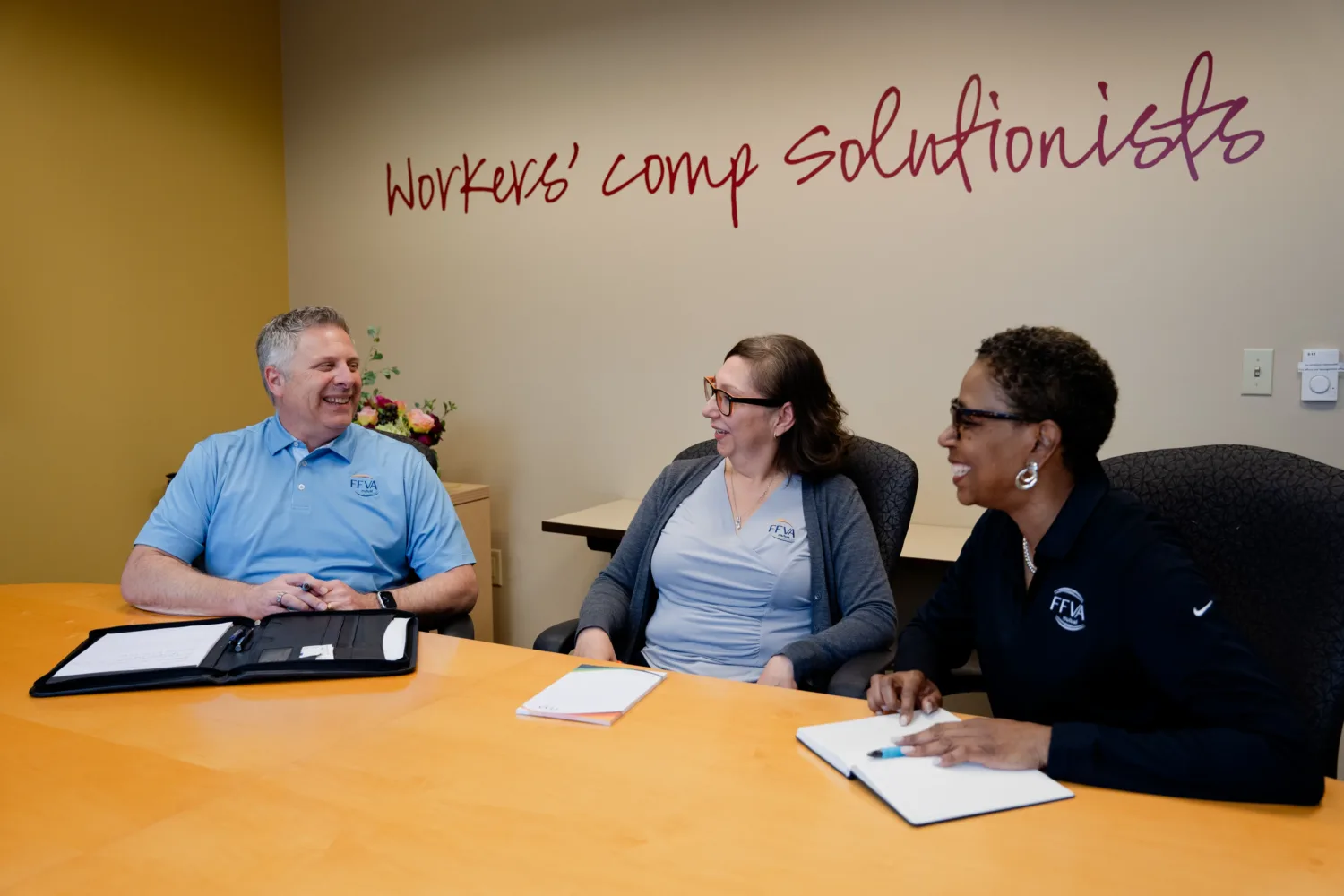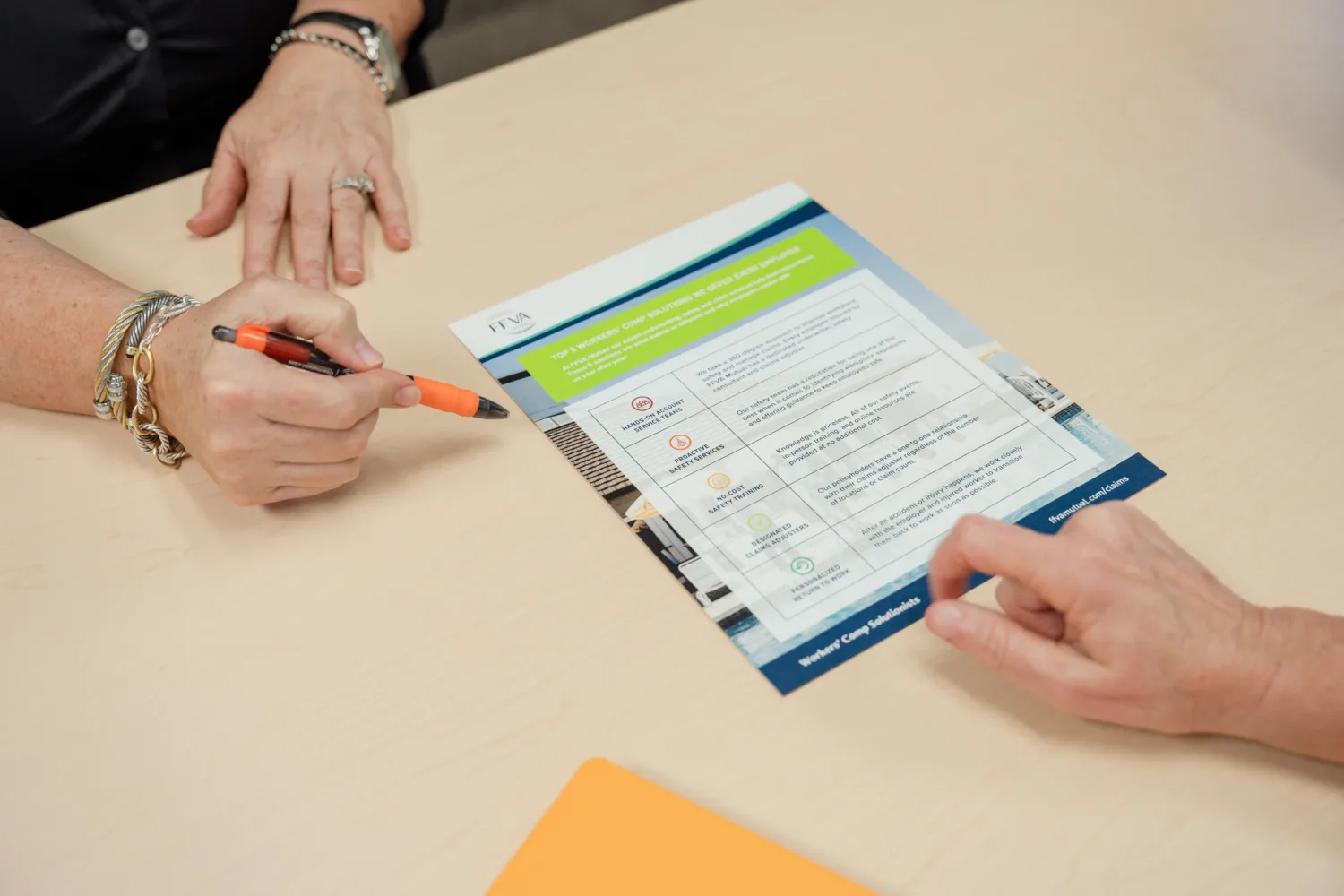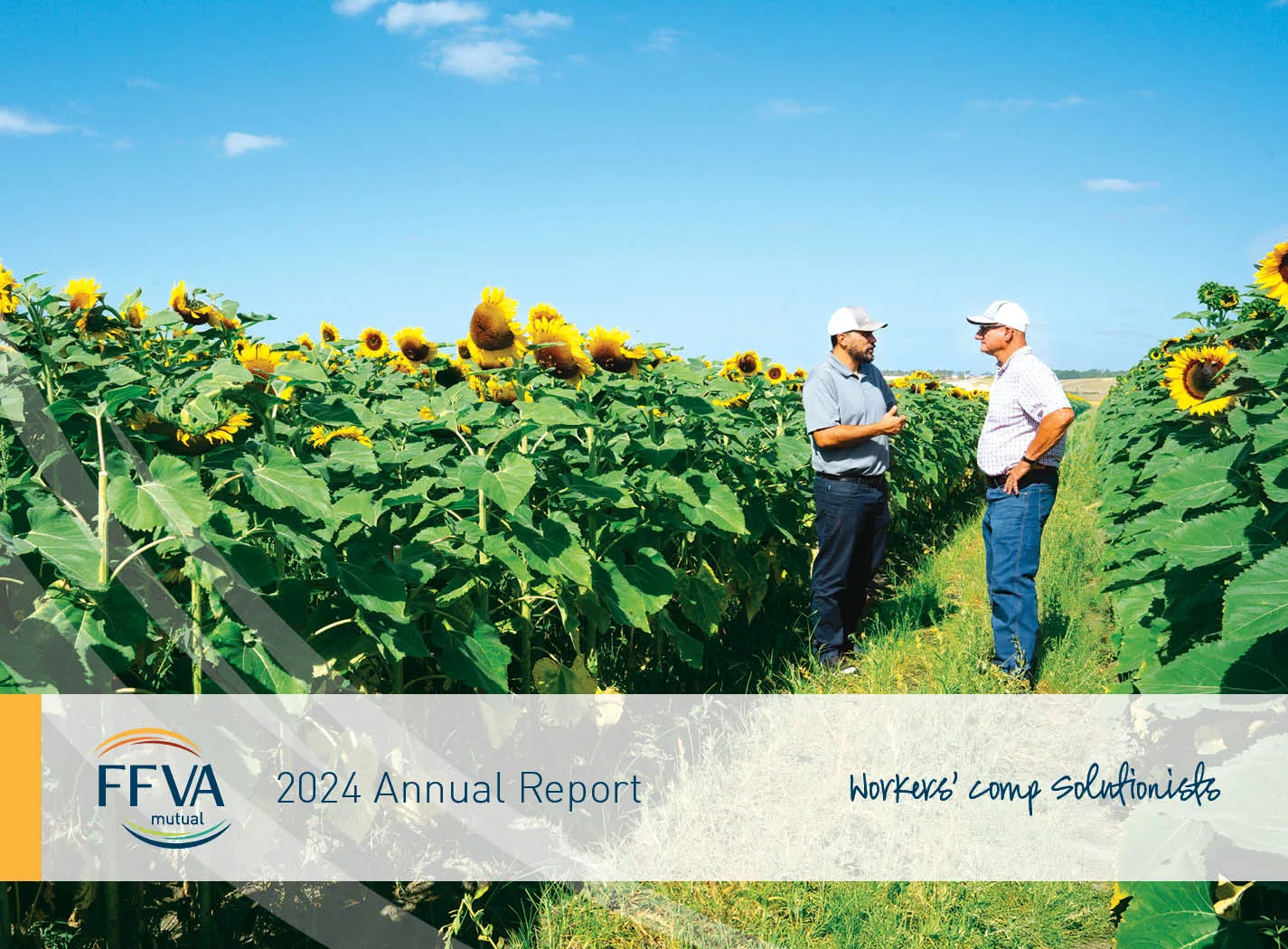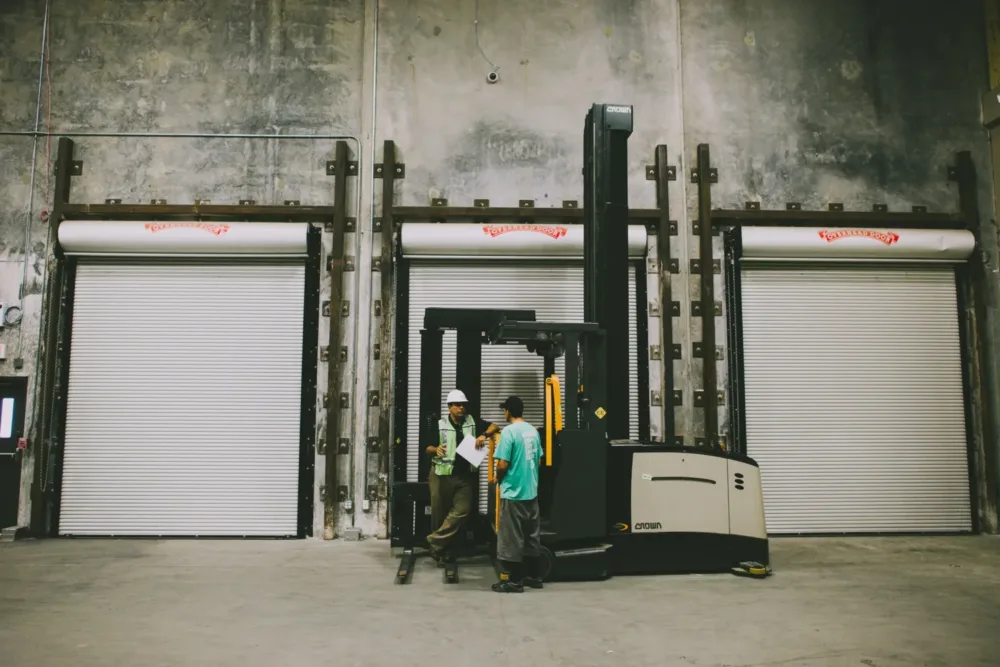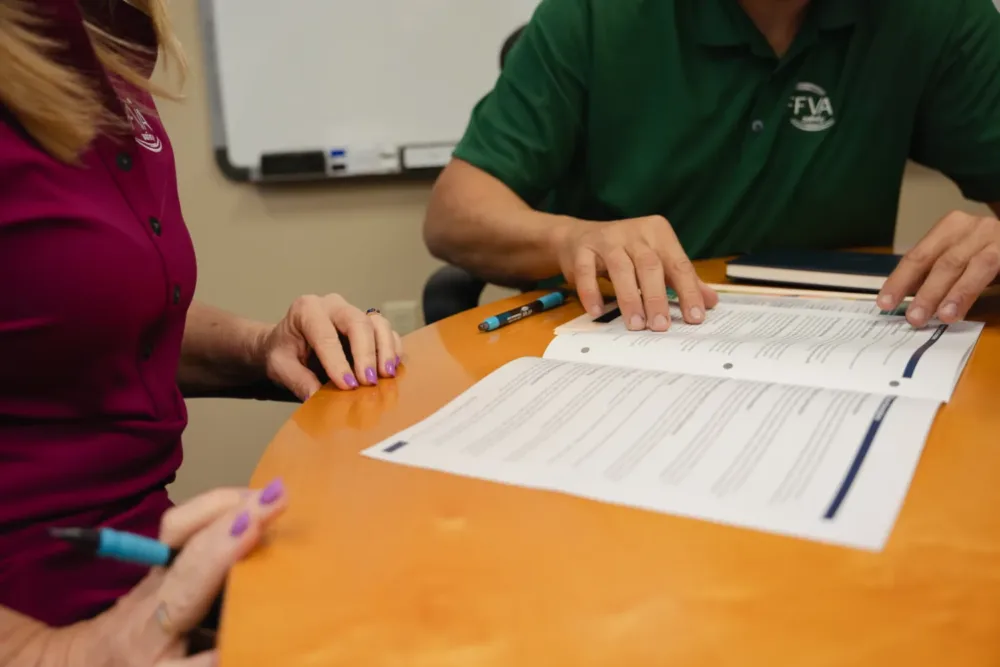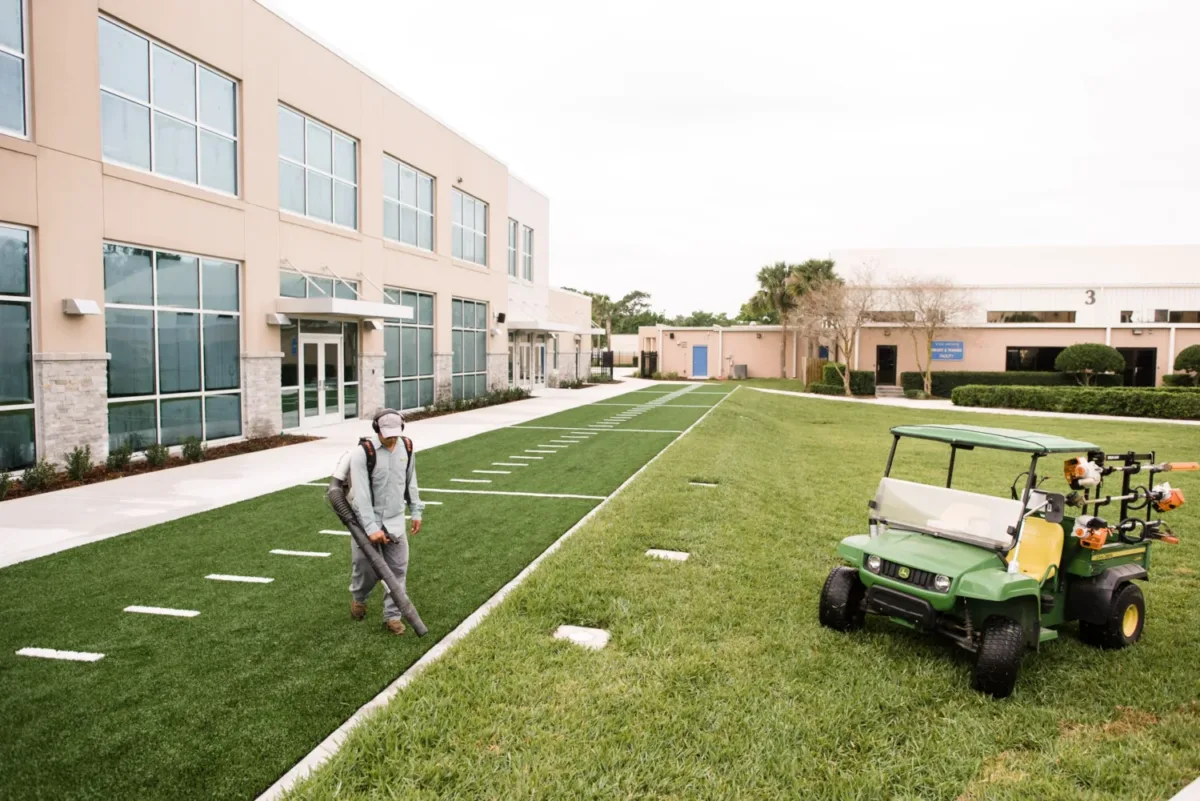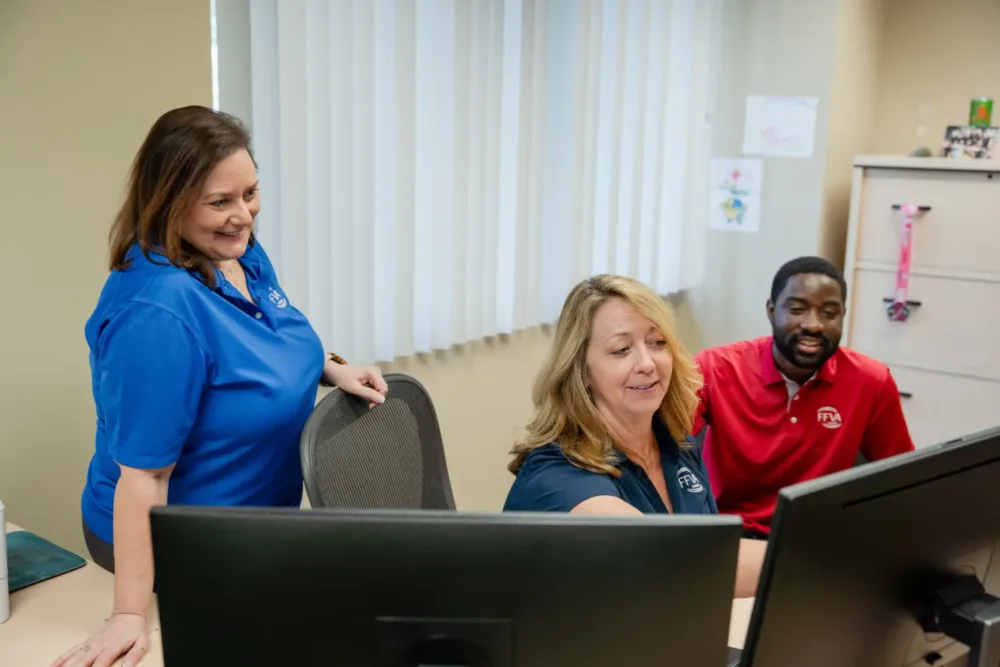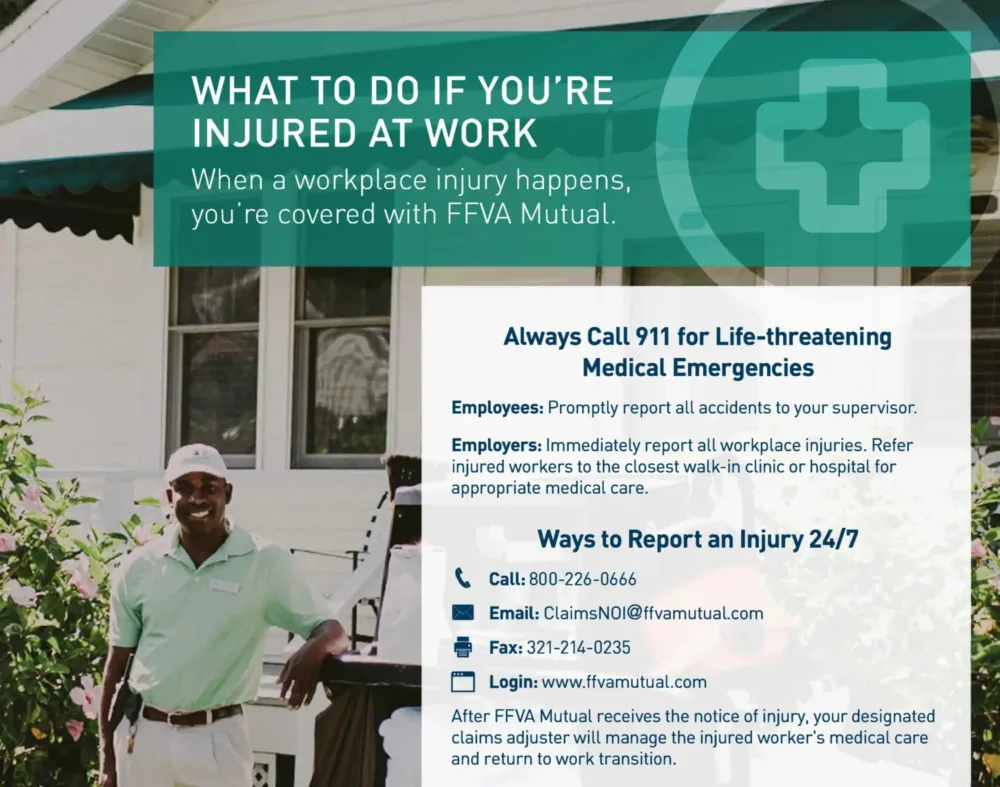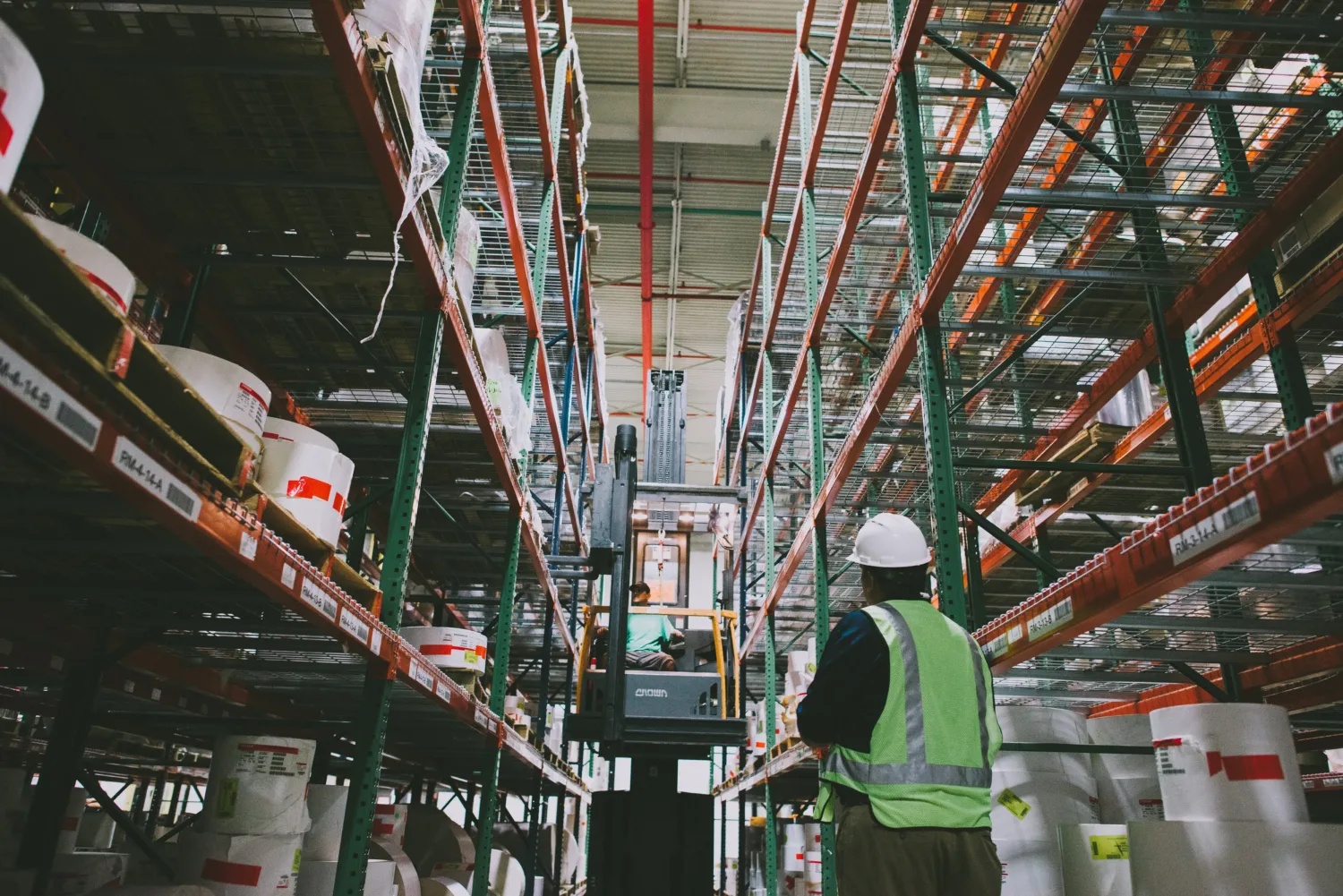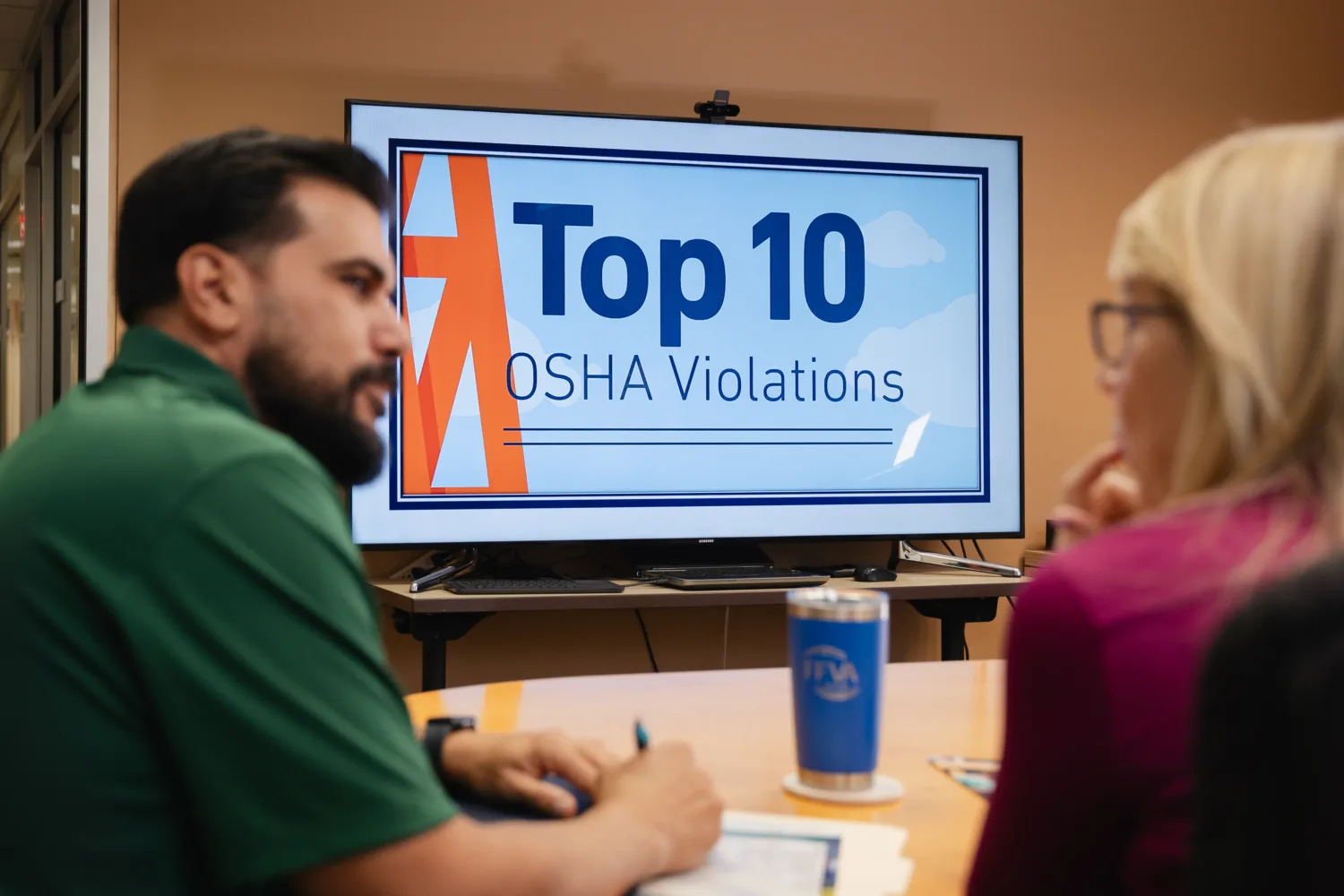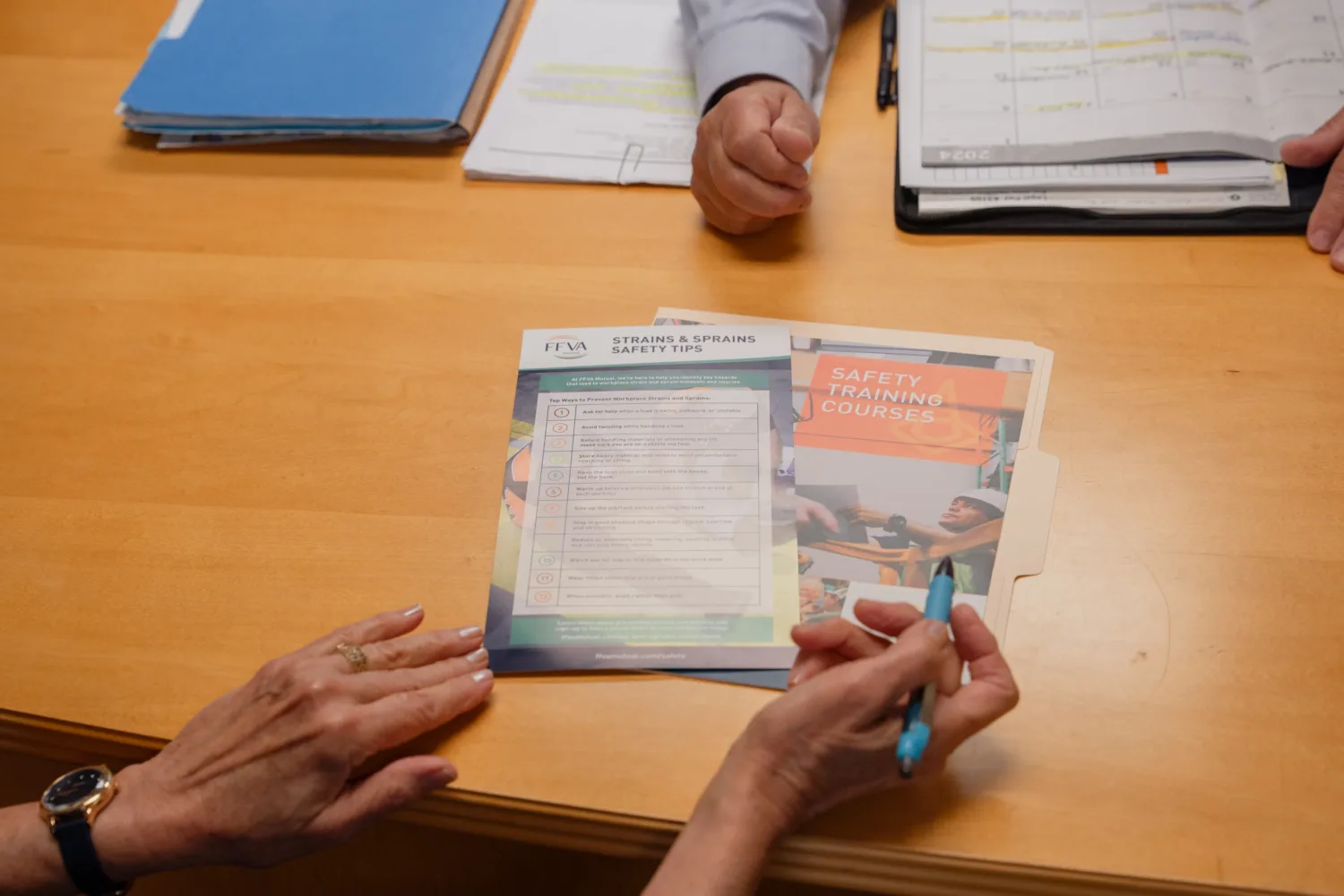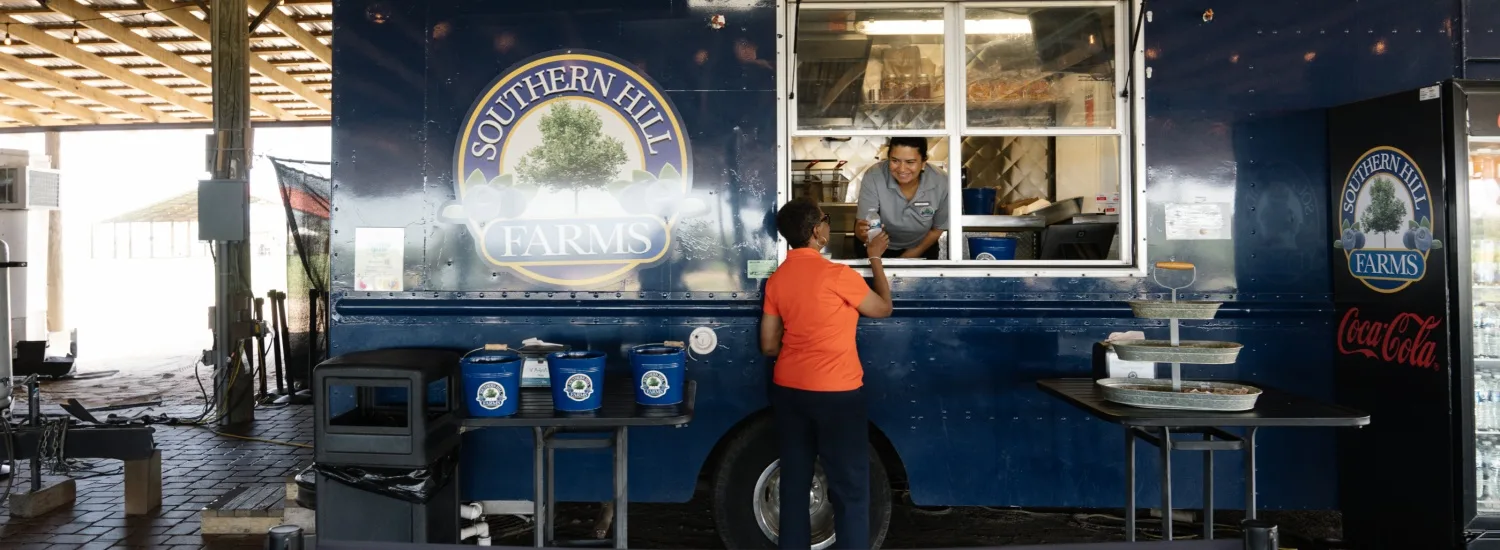Safety Incentive Programs and Workplace Safety
Workplace safety is a top priority for employers, but it can be difficult to establish appropriate safety standards and ensure adherence to those over time. Employers go to great pains to put the right protocols in place, but often don’t have an effective means for reinforcing those standards and encouraging employees to take an active part in the promotion of workplace safety.
That’s where safety incentive programs come in. In fact, integrating safety incentive programs is an excellent way to foster a proactive safety culture and drive engagement with safety protocols.
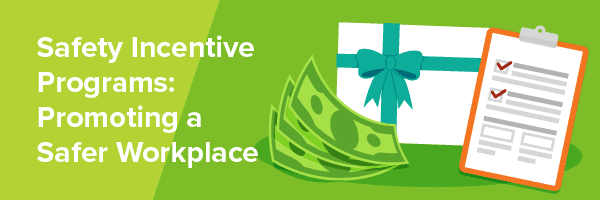
Safety incentive programs are at the heart of strong workplace culture
Not only do incentive programs reward safe behavior, but they also build an environment where safety becomes a shared responsibility among all employees. This empowerment motivates employees to play an active role in their own safety and the safety of their colleagues.
Safety incentive programs encourage employees to promote their company’s workplace safety program through a series of rewards, including compensation, workplace privileges and other benefits. According to the Occupational Safety and Health Administration (OSHA), safety incentive programs include rewards for identifying hazards with the aim of protecting worker health and safety. Such initiatives leverage the idea that people tend to repeat behaviors that are rewarded, thereby making safety a priority for everyone in the workplace.
The main benefits of implementing a safety incentive program in your workplace include:
- Enhancing a culture of safety: In addition to ensuring compliance with safety policies, an effective safety incentive program can enhance the culture of safety in your workplace. Employees tend to act more responsibly and make safer choices when they know they’re being recognized and rewarded for their efforts.
- Employees take ownership of your safety program: An effective safety program requires buy-in from all levels of the organization, from senior management down to junior staff. Safety incentive programs encourage employees to take ownership in fulfilling your safety policies and procedures, ultimately making them more effective for everyone. By rewarding those who demonstrate active involvement in safety procedures, you reinforce the message that everyone plays an important role in workplace safety.
- Bringing your injury rate down: Safety incentive programs reward employees who report possible safety hazards and unsafe behavior. This helps employers put adequate precautions in place to prevent those hazards from turning into injuries, reducing the chances of a workplace accident. In addition, a decrease in the injury rate can boost overall employee morale and confidence in the workplace, fostering a more productive environment.
- Reducing your injury-related costs: Workplace injuries can be expensive. Not only do employers have to pay workers’ compensation costs, they also lose valuable experience when workers go down, leading to reduced productivity and efficiency. Preventing injuries from happening in the first place helps mitigate those costs. In this way, an effective safety incentive program can contribute significantly to the financial stability of the organization.
Putting a safety incentive program in place demonstrates to employees that you take their health and safety seriously, making it an essential part of a healthy workplace culture.
Examples of safety incentive programs in action
Employers use a number of different award structures as part of their safety incentive programs. Here are some of the most common:
- Financial compensation: The simplest way to incentivize workers is to offer them additional compensation for reporting safety hazards. Whether that’s in the form of gift cards, holiday bonuses or an outright pay bump, many employees will be encouraged to promote workplace safety if they know their take-home pay is going to increase. Financial rewards also convey the message that the organization is willing to invest in the safety of its employees.
- Workplace privileges: Money doesn’t motivate everyone, and some employees won’t respond to a few extra dollars in their pockets. You might also consider offering additional workplace privileges as incentives. These could include additional break time, more time off or access to professional development opportunities.
- Team-building activities: Your safety incentives can also double as team-building initiatives. Reward your employees with dinners, parties or other team outings that give them the opportunity to bond in nonwork settings. In addition to promoting employee safety, this can help them build tighter personal bonds that improve their job satisfaction and work performance. Such rewards not only enhance the sense of camaraderie among employees but also reinforce the notion that safety is a collective responsibility.
Ultimately, selecting the right incentives for your company comes down to the interests, preferences and motivations of your employees. It’s important to take the time to understand how best to motivate your employees to ensure the success of your incentive program. Keep in mind that the most effective programs are those that are tailored to the unique needs of your workforce.
How to create a safety incentive program in your workplace
Creating an effective safety incentive program can be a complicated process, but it doesn’t have to be. Follow these simple steps to start earning greater buy-in from your employees for your safety program:
1. Establish a safety committee
Promoting workplace safety in any form always starts with a safety committee. This is a dedicated team of individuals who are responsible for setting safety standards, identifying safety hazards, creating a workplace safety program and hosting safety training sessions. Regular meetings should be held to ensure consistent enforcement of safety measures and to review the progress of the safety incentive program.
Having an established safety committee in place ensures that you have a team of professionals who will take the lead on the formation (and reinforcement) of a safety incentive program. This is the critical first step to ensuring the long-term success of your incentivization system. Members of this committee should also regularly engage with employees to gather feedback and adjust the program accordingly.
2. Understand your safety goals
Building a good safety incentive program starts with understanding what you’re trying to accomplish. Conduct a complete assessment of your entire safety program and identify where your shortcomings are to know where incentives would deliver the most impact. Use clear, measurable goals to drive your safety incentive program. These could range from reducing workplace accidents to improving the rate of safety hazard reporting.
For example, you might find that certain jobs suffer from hazard under-reporting more than others, or that your organization suffers disproportionately from one kind of injury. Information like this will help guide your efforts as you build your incentive program to ensure you’re getting the most from your program. This step is crucial for tailoring your safety incentive program to address the specific safety needs and challenges of your workplace.
3. Create a system of rewards
Rewards are what drive your safety incentive program, so it’s important to offer awards that your employees actually value. Take the time to survey your employees to understand what would motivate them most to uphold your safety standards. Remember, diversity in rewards can accommodate different preferences, making your program appealing to a wider range of employees.
Any of the options described in the previous section are fair game, but it’s a good idea to include a balance of financial and nonfinancial incentives. This keeps your program from feeling like a simple monetary payoff and creates more lasting value for your employees. Furthermore, consider recognizing safety achievements publicly, as this not only validates the efforts of the employee but also motivates others to strive for similar recognition.
When building your incentive program, you should avoid rewarding employees when injuries or accidents don’t take place. Strategies like these can cause retaliation and discourage employees from reporting incidents when they happen, which only make matters worse.
4. Maintain a commitment to your incentive program over time
It can be easy for employees to forget about your safety incentive program once other priorities emerge or the busy season sets in, potentially causing your safety program to revert to square one.
It’s important to routinely remind your employees about the rewards they’re entitled to receive for reporting safety hazards. This keeps safety on the top of their minds throughout the day and year and encourages them to flag hazards despite changing priorities in other areas of the business.
A look at challenges and best practices
While safety incentive programs offer numerous benefits, it’s crucial to be aware of potential challenges and pitfalls. Understanding these can help you design a program that is both effective and fair. Here are some key considerations:
- Avoiding under-reporting: In some cases, employees might avoid reporting minor incidents to qualify for rewards. It’s essential to create a transparent and trusting environment where employees feel comfortable reporting all incidents, regardless of their impact on incentives.
- Balancing individual and team rewards: Striking the right balance between individual and team rewards ensures that everyone feels recognized for their contributions without creating unhealthy competition. Consider a mix of personal achievements and team-based goals to promote collaboration and shared responsibility.
- Compliance with legal requirements: Make sure that your safety incentive program complies with all relevant laws and regulations. Consulting with legal experts or safety professionals can help you navigate complex compliance issues, ensuring that your program is both effective and legally sound.
- Regular evaluation and adjustments: Continuous evaluation of your safety incentive program ensures that it stays aligned with your organizational goals and adapts to changes in the workforce or industry standards. Regular feedback from employees, safety managers and other stakeholders can guide necessary adjustments and keep the program fresh and relevant.
Additional resources from FFVA Mutual
Ready to get started building your safety incentive program? Our Solutionists have prepared a webcast titled “How to Create an Effective OSHA-Approved Safety Incentive Program“. In this webcast, we delve into various aspects of safety incentive programs such as:
- Do’s and don’ts of safety incentive programs
- Incorporating OSHA best practices
- The value of employee input and participation
- Ways to avoid incentive program pitfalls
We work with you to identify safety hazards, build proper safety programs, provide safety training and undertake other tasks related to supporting workplace safety. Reach out to our team to learn more.







